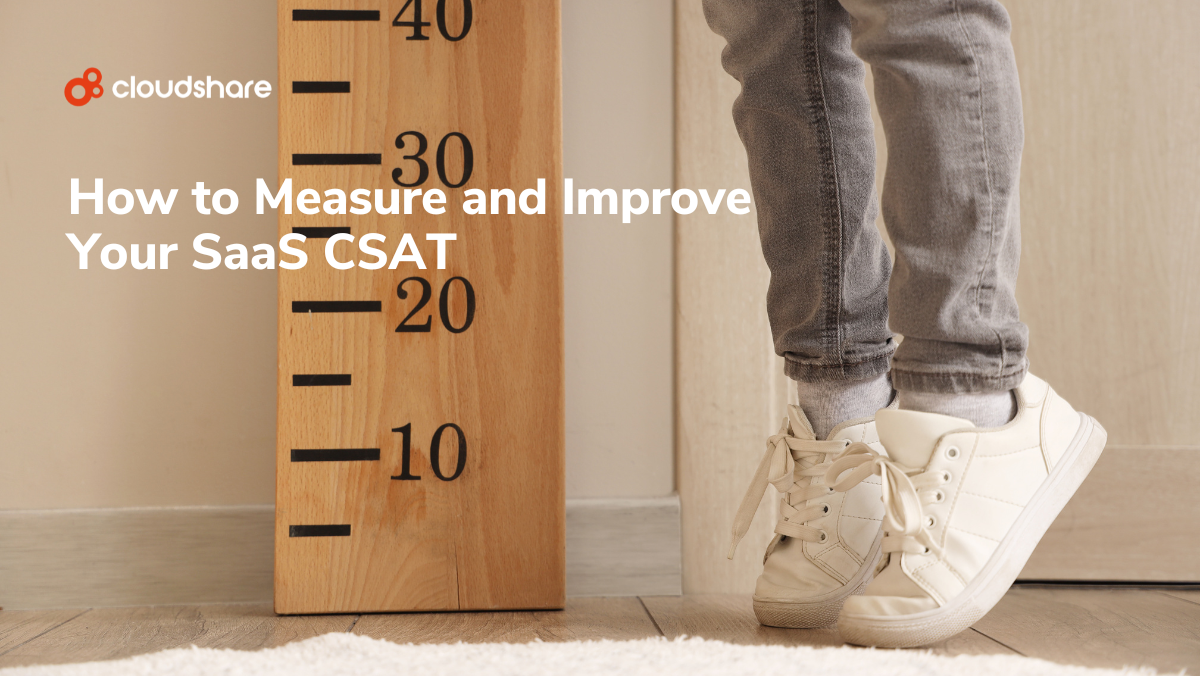
First things first
Before getting to the actual performance of your sales demo, let’s review a few core assumptions that any veteran salesperson will rely on when it comes to demo best practices:
1. Do your homework: Perhaps the most unrefutable fact in sales demo best practice is that no two prospects are the same. So no two pitches are the same. Create a mandatory checklist before any first-time meeting where you research issues like:
Is the audience experienced, perhaps with a competing product?
b. What is the prospect’s technical ability?
c. Do they have a clear, existing need to solve, or are you “teaching” them about problems they may not even recognize?
d. Are you looking to impress them with a feature list? An elegant user experience? Business benefits? There may be overlap, but it’s rarely all three at one time
2. Set expectations: Send out an agenda before the meeting to make sure you’ve satisfactorily completed your “homework assignment.” First, this will prompt their confirmation (and alert you to any issues you’ve missed). But it’s also a great way to encourage the client to include all relevant stakeholders, to minimize the number of repeat performances you’ll be asked to present. This agenda will also prompt the client to let you know that certain areas don’t interest them as much, saving everyone time.
3. Create a story script, but keep it dynamic: The most engaging pitches are those that begin with some basic structure, but then change and adapt in real-time as the prospect engages. Start with a story – perhaps a character facing a challenge your product will help her overcome. Pre-load plenty of simulated data to support both your intended plotline and alternative paths the prospect may ask about. Encourage your audience to ask questions, not to save them until the end when the context and relevance may have faded.
3 absolute worse sales demo practices
Now that we have the content strategy covered, let’s talk about how you get it done. Perhaps the simplest way to understand software demo best practices is to start from the opposite extreme: the three absolute worst approaches to delivering sales demos.
- The in-office, screenshot-based PowerPoint: Many conservative salespeople take this safe, predictable approach. Fair enough – nothing can fail here. Well, unless the laptop doesn’t start up. No connectivity risks, product updates, or features that react unexpectedly. And of course, no data showing up where it shouldn’t. This underwhelming approach doesn’t show the product in action, can’t answer off-script questions, and gives the impression you don’t trust the product enough to demonstrate it live. It’s a rigid, brittle, limited approach, best left behind.
- The in-office live demo: While certainly more engaging than the static PowerPoint, this approach involves risks that often lead to embarrassed sales reps scrambling to call sales engineers for help: bandwidth/firewall issues on location, software failure, re-appearance of proprietary data from a previous demo, even other software alerts popping up (email with uncomfortable subject lines, a call from the kids). In short, it’s a toss of the dice. And it goes without saying that there is a limited number of people you can have around the screen, all of whom need to coordinate schedules to participate in one physical location. A stakeholder from other regional or global offices? They will need their own visits.
- The one-way screen-share video-conference: Going online for your sales demo cuts down on travel time and allows for schedule flexibility, which clients appreciate. But using Zoom, Teams, Webex, Skype – or any of the other remote meeting platforms – as sales demo environments, means that the experience for the viewer is passive. If they want to see a scenario beyond your canned presentation, they need to describe it, tell you what to click, and struggle to get the question answered.
The video-conference format creates an additional challenge – your pitch cannot be truly flexible or scalable. If your demo experience is essentially a one-size-fits-all “show and tell” presentation, it won’t satisfy anyone. The more participants you add to the audience (even if you can technically do so), the more you need to keep the presentation all-purpose and unfocused. This limitation is unfortunate because each viewer may have different needs, background, and experience.
Go Hands-on and Virtual
So what sales demonstration tip overcomes each of those obstacles for a genuinely engaging, interactive experience?
Get your software demo online with an interactive, remote, hands-on experience using a virtual environment platform.
These software solutions offer the “antidote” to the traditional sales demo:
- An online solution means it can launch immediately. All you need to do is send out an email with a link. Seconds later, the system spins up a personal environment in which the prospect can work, with or without an initial guided tour. Participants can be around the world, in any time zone, and join at the last second.
- Keeping the latest, bulletproof version of your product centralized – the only one available – means there’s no risk of an unfamiliar feature or untested functionality ruining an otherwise smooth demo. Your sales engineers to stick to their own tasks, rather than serving as internal tech support. And with a clean version (or one carefully pre-loaded with generic data), there’s no risk of sharing someone else’s info. Create a catalog of pre-configured scenarios to pull out when you identify the perfect match for a particular prospect.
- Perhaps the most appealing aspect is the hands-on approach. Rather than a one-way lecture, each participant can grab the controls and “kick the tires.” Every prospect can focus on the parts most important to them, at their own pace, and even – if you “leave behind” the environment after the demo – at their own schedule. Imagine a prospect already feeling like a product “ninja” … even before they’ve made the purchase!
- Finally, tracking and reporting tools mean that your training team and their managers can get unique, practical insights. They will discover which prospects are engaging the most actively, what features they are trying, which functions seem to confuse them, and what aspects of your product appear to be the most (or least) popular. This unbiased feedback represents vital business intelligence for sales, marketing, product development, documentation, and support teams. And it’s data you’d never get to collect from simply running a demo.
In short, there’s both a content strategy and a technical medium for maximizing the effectiveness of your sales demo. A pitch that doesn’t take both into account will make the process more challenging at every step.



